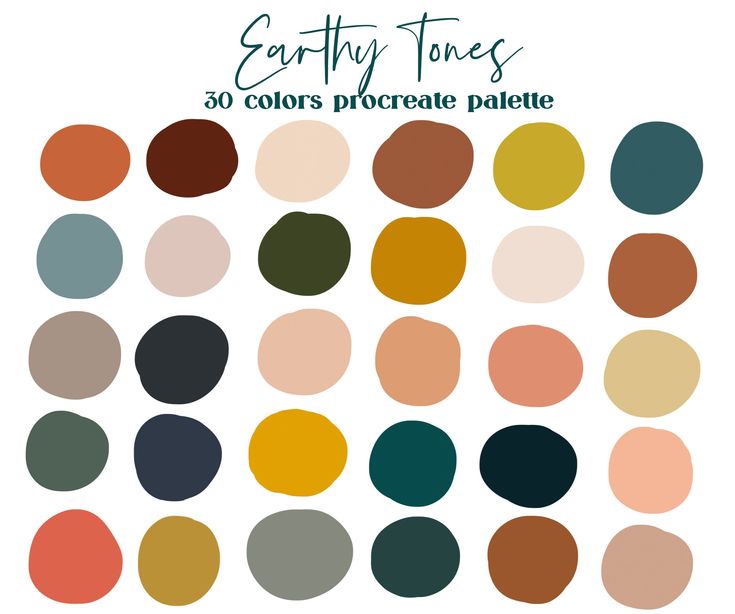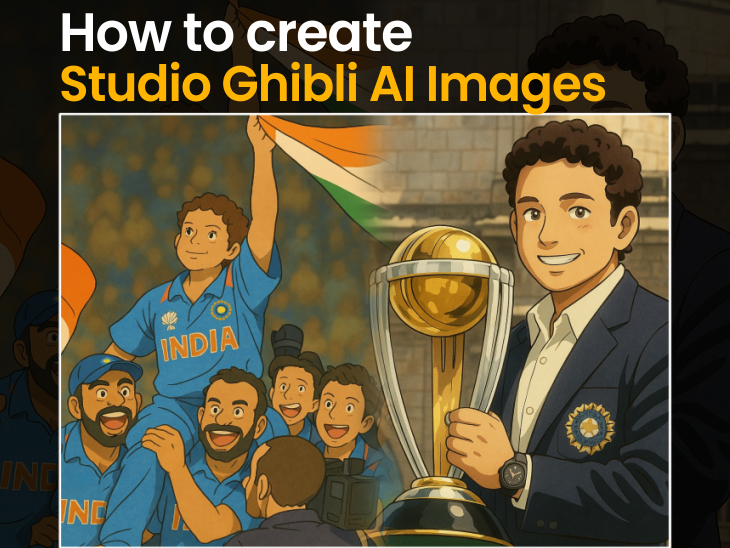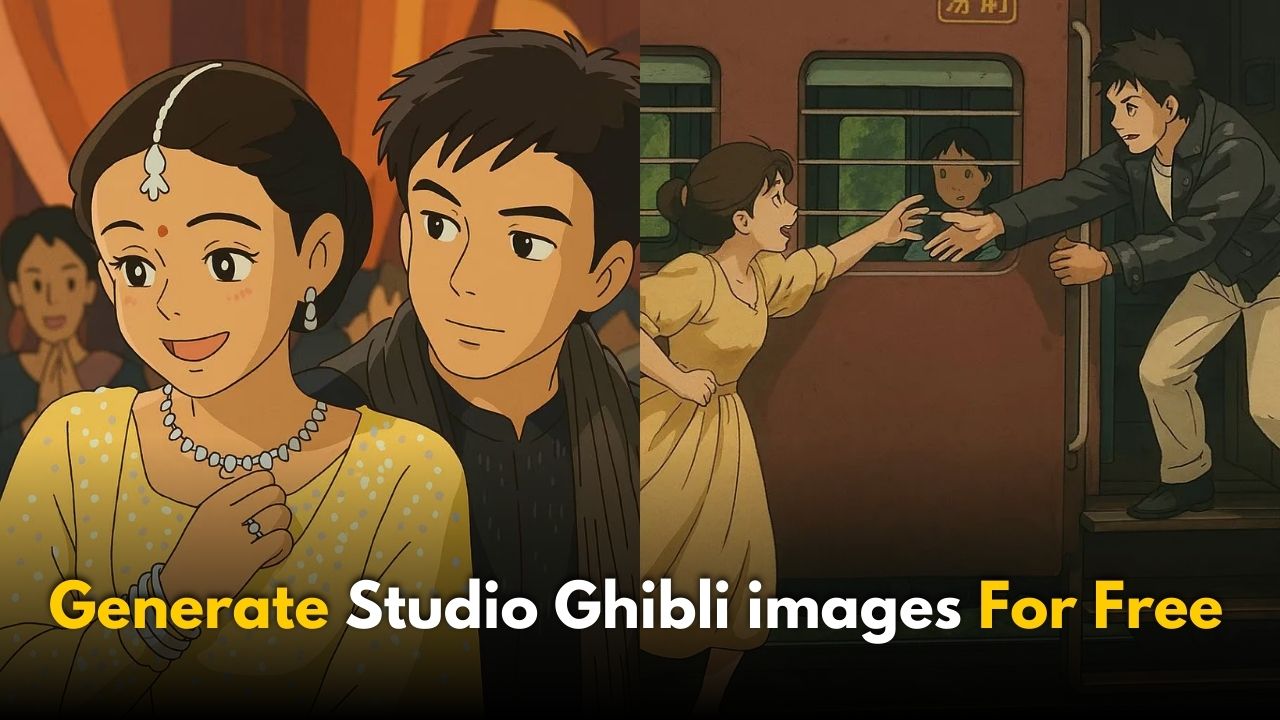8 Tools for Creating Stunning Ghibli Images

You’ve seen them everywhere—those dreamy, whimsical scenes that instantly transport you to a world of adventure, kindness, and magic. They might show a curious girl gazing into a lush forest or a gentle spirit floating over calm waters. These illustrations often evoke the comforting nostalgia of childhood and the quiet thrill of the unknown. If you’ve guessed these are Ghibli images, you’re spot on.
But what exactly makes an illustration “Ghibli-inspired,” and how can you craft your own in that unmistakable style? In this massive, guide, we’ll explore the essence of Ghibli art, why it’s so beloved across the globe, and the practical steps to start creating your own Ghibli-inspired visuals—whether you prefer traditional sketchbooks or cutting-edge AI art generators.
Introduction
The Timeless Enchantment of Ghibli-Inspired Art
Studio Ghibli, co-founded by Hayao Miyazaki and Isao Takahata, has been enchanting audiences for decades with films like Spirited Away, My Neighbor Totoro, and Princess Mononoke. But the impact goes beyond the cinema screen. Fans worldwide can’t get enough of the gentle yet profound style that Ghibli represents, inspiring countless fan artworks, digital paintings, and even entire design movements.
Why is it so captivating? On the surface, Ghibli images often feature soft color palettes and whimsical characters. Look deeper, and you’ll find carefully composed scenes that celebrate nature, curiosity, and empathy. This unique blend of warmth and depth sets the tone for a style that has become universally adored.
Why Ghibli Images Are Dominating Creative Circles in 2025
In a fast-paced world filled with digital distractions, Ghibli images offer a comforting pause. They’re sweet without being shallow, reflective without being melodramatic. Artists seeking a more heartfelt approach to storytelling are drawn to these visuals because they tap into shared human emotions. From massive online fandoms on social media to well-known art showcases, Ghibli-inspired pieces consistently draw attention—and clicks. If you’re looking to attract an audience or drive traffic (yes, High CPC Keywords can be relevant here!), Ghibli art resonates with a surprisingly wide demographic.
The Legacy of Studio Ghibli
From Hayao Miyazaki to Global Phenomenon
Studio Ghibli was established in 1985, riding on the success of Nausicaä of the Valley of the Wind. Over time, Miyazaki’s vision extended far beyond Japanese borders. Titles like Kiki’s Delivery Service and Howl’s Moving Castle found fans in nearly every corner of the world, eventually earning Oscar accolades and solidifying Miyazaki’s reputation as the Walt Disney of anime.
Understanding the Distinctive Ghibli Aesthetic
This aesthetic is not just about drawing “cute” or “anime-like” features. It’s about:
- Subtlety: Expressions are often gentle, backgrounds quietly detailed.
- Warm Color Tones: Think earthy greens, soft browns, pastel pinks.
- Nature Integration: Forests, ponds, and rural landscapes are as alive as the characters.
- Humanity and Kindness: Even in epic battles, empathy is never far away.
Common Themes in Ghibli Films
- Environmental respect
- Coming-of-age journeys
- Strong female leads
- Celebration of simple pleasures (like a hot bowl of ramen or a quiet sunset)
Defining Ghibli Images
What Makes an Image “Ghibli-Esque”?
At its core, a Ghibli-esque image merges everyday life with a sprinkle of the fantastical. You might see a calm suburban setting with a giant cat-like creature dozing in the background. Or a young girl in a quaint village, overshadowed by enormous trees that seem to whisper secrets.
Color Palettes, Mood, and Composition
Color Palettes: Ghibli images favor a harmonious palette where pastel shades meet pockets of vibrant color. Picture the shimmering pink of cherry blossoms against the calm teal of a countryside lake.
Mood: Soft, dreamy, and slightly nostalgic. There’s a sense that the viewer is peering into a secret world just brimming with life.
Composition: Balanced yet dynamic. Foregrounds often host characters, while backgrounds tell subtle sub-stories—like a bird perched on a windowsill or a hidden spirit peeking out from the shadows.
Emotional Resonance and Subtle Storytelling
Every frame in a Ghibli film can stand alone as a painting that suggests a deeper narrative. Recreating this effect in your images means hinting at stories—a half-open door, a teapot left on a table, or footprints leading into a forest.
The Rise of Ghibli-Style Digital Art
Evolution of Anime and Japanese Aesthetics in the West
Anime has exploded in popularity, especially since streaming platforms started featuring classic films and new series alike. The Ghibli style, with its universal themes, has spearheaded this wave. In 2025, an entire subculture of Western artists draws heavily from anime influences, mixing them with Western realism or pop art influences.
Popular Ghibli Platforms and Influencers
- ArtStation: Home to many professional concept artists showcasing Ghibli fan art.
- Pixiv: A Japanese platform where anime-style art thrives.
- Instagram: Influencers who produce Ghibli-esque reels, behind-the-scenes creation videos, and cozy “studio vlogs.”
Tools and Techniques for Creating Ghibli Images
Traditional Methods (Watercolor, Pencil, Ink)
Before tablets and digital brushes, anime backgrounds were meticulously hand-painted. Watercolor or gouache can give your art that organic, layered texture. If you’re going the traditional route, invest in quality paper and brushes to achieve those signature soft gradients.
Read Also 10 Scholarships in Canada for 2025 That Can Change Your Life
Digital Art Software (Photoshop, Procreate)
Digital platforms allow for quick color adjustments, layering, and texture overlays. Adobe Photoshop remains a top choice for professionals, while Procreate on the iPad is beloved for its intuitive interface and portability. Custom brush sets that mimic watercolor or pencil textures can bring you closer to that hand-drawn Ghibli feel.
AI-Driven Tools and Generators
Yes, AI has entered the chat. Tools like Midjourney or Stable Diffusion let you input prompts like “Ghibli-style forest with soft pastel sky.” The results can be breathtaking—but be cautious of over-reliance. Maintaining an original artistic identity matters, even if you’re dabbling in AI for inspiration.
Read Also What Skills Will Be Essential for Remote Work in 2025 and Beyond?
Building a Ghibli-Inspired Workspace
Choosing Reference Materials
Gather a library of Ghibli film stills, concept art books, and nature photography. Ghibli animators often study real-world locations, from European towns to Japanese countryside villages. Combining these references helps you replicate authenticity in your color choices and architectural details.
Organizing Your Creative Environment
- Ergonomics: Long drawing sessions demand a comfy chair and proper desk height.
- Lighting: Mimic natural daylight to gauge how your colors appear in real-world conditions.
- Mood Board: Dedicate a wall or digital folder to pin your favorite Ghibli images, color swatches, or quick sketches.
Setting Up Lighting and Color Tests
If you’re painting traditionally, test your color mixes on scrap paper under different light sources (morning sunlight, warm indoor lighting). For digital artists, calibrate your monitor so your greens and blues appear true-to-life.
Mastering the Ghibli Color Palette
Soft Pastels and Earthy Tones

A Ghibli scene rarely assaults the eyes with neon or overly saturated shades. Instead, it offers a soothing interplay of pastel pinks, muted oranges, gentle blues, and mossy greens that breathe warmth into each frame.
Balancing Warmth and Depth

Observe how Ghibli films often place cooler tones in the background (like a pale blue sky) and warmer hues in the foreground to highlight characters or focal points. This layering technique adds depth. Even in nighttime scenes, soft glows from lanterns or moonlight preserve a sense of warmth.
Bringing Nature to Life in Your Art
Nature is practically another character in Ghibli stories. Leaves swirl around a protagonist, or blossoms drift along a calm river. Even if your scene is indoors, add plants or a window view of rolling hills to capture that Ghibli essence.
Crafting Ghibli-Style Characters
Expressive Faces and Emotive Eyes
The eyes might be slightly bigger than life, but they’re not overly stylized like some anime. Ghibli eyes are windows to emotion—glimmering with curiosity, fear, or joy. Pay attention to subtle eyebrow shifts and gentle mouth movements.
Clothing and Hair: Simplified Yet Iconic
Unlike hyper-detailed anime costumes, Ghibli outfits lean toward everyday wear, occasionally accented by whimsical touches—like a broom for a young witch or a straw hat for a traveling boy. Keep clothing folds minimal but purposeful. Similarly, hair flows naturally, swaying with the wind or the character’s emotions.
Designing Characters that Evoke Wonder
Your character might be an ordinary student or a mischievous forest spirit. Either way, evoke a sense of longing or curiosity. Think wide-eyed gazes, small gestures like gripping a satchel or adjusting a hat.
Capturing Ghibli Backgrounds and Atmosphere
Lush Landscapes and Cozy Interiors
From verdant countryside vistas to snug wooden kitchens, Ghibli backgrounds feel lived-in and welcoming. Details matter—like scattered notes on a desk or worn-out shoes by the door.
Storytelling Through Scenery
A Ghibli background often has mini-narratives: a cat sleeping by the window, footprints in the mud, or a cup of tea still steaming. These touches invite viewers to step inside the scene.
Integrating Characters into the Environment
Ensure your characters don’t feel pasted onto the backdrop. Match the color temperature, adjust shadows under their feet, and consider how wind or light sources affect their hair and clothes.
Step-by-Step Guide to a Ghibli Image
Sketching and Composition
- Rough Layout: Outline the main elements—character, focal objects, and horizon line.
- Rule of Thirds: Position your key character or object where grid lines intersect.
- Quick Color Block-In: Establish the primary color scheme early.
Layering Colors and Textures
- Background Layer: Paint the sky or room walls.
- Midground: Add trees, furniture, or other elements.
- Foreground/Character: Apply base colors, then refine details like facial expressions or clothing folds.
Final Touches and Polishing
- Highlights: Subtle glints on hair or water surfaces.
- Soft Shadows: Consider the time of day—morning shadows might be lighter, sunset shadows longer and warmer.
- Texture Overlays: Gentle watercolor or paper grain textures can replicate that hand-painted look.
Using AI to Generate Ghibli-Style Art
Popular AI Platforms and Prompts
Tools like Midjourney, Stable Diffusion, or specialized “Ghibli AI Art Generators” let you type phrases like “Peaceful meadow with a Ghibli-style cottage” and watch the magic happen. Tweak your prompts for color schemes or time of day.
Ethical and Copyright Concerns
Be mindful of the line between inspiration and replication. Some AI models might pull heavily from existing Ghibli works, raising questions about originality. If you’re monetizing AI-generated art, ensure it doesn’t infringe on Studio Ghibli’s intellectual property.
Best Practices for Authenticity
- Use AI as Inspiration: Let it spark ideas, then paint or tweak the final piece.
- Credit Where Due: If you publicly share AI-generated pieces, clarify your creative process.
- Stay Unique: Incorporate personal flair, such as combining Ghibli styles with your own color preferences or cultural references.
Sharing Your Ghibli-Inspired Creations Online
High CPC Keywords and SEO Tactics
- Use Titles Like: “My Ghibli-Style Landscape Process,” “Drawing a Spirited Away-Inspired Scene”
- Meta Descriptions: Summarize your tutorial or artwork, dropping in relevant phrases like “Studio Ghibli aesthetics” or “anime digital painting.”
Building an Engaged Audience
- Consistency: Post regular updates on your progress.
- Storytelling: Share the inspirations behind each piece—maybe a childhood memory or a favorite Ghibli film scene.
- Cross-Promotion: Join anime or art communities on Reddit, Facebook, or Discord to gain feedback and fans.
Monetizing Your Fan Art Legally
Selling prints or merchandise featuring original Ghibli characters is risky due to copyright. Instead, create “inspired by” pieces or scenes that evoke the style but remain your own. Or offer tutorials, classes, or commissions that follow the Ghibli look without duplicating trademarked images.
Overcoming Common Challenges
Maintaining Consistency with the Ghibli Look
It’s easy to slip into overly bright colors or conventional anime proportions. Keep referencing official art books and film stills to maintain that gentle, balanced vibe.
Balancing Originality and Tribute
Yes, you’re celebrating a beloved art style. But you also want to avoid being a clone. Experiment with blending Ghibli aesthetics with your personal influences—like a unique color palette or incorporating cultural elements from your own background.
Handling Artistic Burnout
Creating entire worlds and characters can be draining. Take breaks, watch a Ghibli film to refuel your inspiration, or switch mediums for a while (e.g., from digital to watercolor) to reignite your passion.
Conclusion
Ghibli images aren’t just pictures; they’re portals to a realm where tenderness meets wonder, and even the simplest moments shimmer with unspoken magic. Whether you’re mixing watercolors by a sunny window or typing AI prompts late into the night, the Ghibli style welcomes you to explore, to care for nature, and to find small joys in every corner of your world.
So grab your sketchbook or open that digital canvas. Let soft pastels and playful lines guide your hand, and fill every frame with kindness, curiosity, and a pinch of enchantment. You’ll find that creating Ghibli-inspired art isn’t just about paying homage—it’s about reminding yourself, and your audience, that beauty often lives in the quiet, heartfelt details.
Q1: Do I need formal art training to create Ghibli-style images? No, formal training helps, but many self-taught artists master this style through consistent practice, studying reference images, and sharing their work for feedback.
Q2: Can I sell Ghibli-inspired art without legal issues? It depends. Directly reproducing copyrighted characters might violate intellectual property rights. However, creating original artworks that capture the spirit or style of Ghibli generally falls under fair use, especially if not explicitly labeled or marketed as official Ghibli merchandise.
Q3: What software is best for beginners wanting to learn digital Ghibli-style art? Procreate (for iPad) is known for its user-friendliness and robust brush library. Adobe Photoshop remains an industry staple, though it has a steeper learning curve.
Q4: How important is color theory in creating Ghibli images? Very important. Ghibli relies on harmonious color palettes to set the mood. Subtle contrasts, warm highlights, and pastel undertones often convey a sense of calm and nostalgia.
Q5: Are AI art generators a reliable way to produce Ghibli-style work? They’re convenient for inspiration or quick concepts, but you risk losing personal touch. For a more authentic feel, incorporate your own tweaks—refining line work, adjusting color schemes, or adding unique storytelling details.















